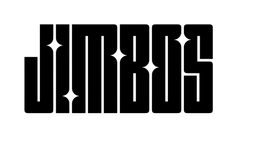One-Step Polish vs Two-Step: Which Paint Correction Method Is Right for You?
Not every car needs a two-step correction. Not every client wants to pay for one. And not every polish can truly work as a one-step—unless it’s dialed in.
In this post, I’ll break down when to use a one-step polish, when a two-step is necessary, and how I designed Picture Perfect Polish to work across both methods depending on your pad and process.
What’s a One-Step Polish?
A one-step polish is a product (and process) designed to remove moderate defects and leave a high-gloss finish in a single pass. You typically use a medium or cutting foam pad and aim to correct and refine at once.
Pros:
- Faster job times
- Lower product and labor costs
- Great for maintenance or volume work
What’s a Two-Step Correction?
This is a full compound-and-polish system. First, you cut with a heavy compound and cutting pad. Then you follow up with a finishing polish and soft pad to restore clarity and remove haze.
Pros:
- Maximum defect removal
- Best finish on dark or show car paint
- Ideal for hard, neglected clear coats
What I Built into Picture Perfect Polish
Picture Perfect Polish was formulated to be truly pad-dependent. It’s a one-step when paired with a medium or cutting foam pad. It becomes a finishing polish when used with a soft pad.
If you're a pro detailer, this means fewer SKUs. If you're a DIYer, this means fewer steps and more confidence.
Simplify Your Paint Correction System
- Cuts like a compound, finishes like a polish
- No dusting, no streaks, long working time
- Perfect for one-step or two-step polishing
Save time, product, and effort—without sacrificing results.



